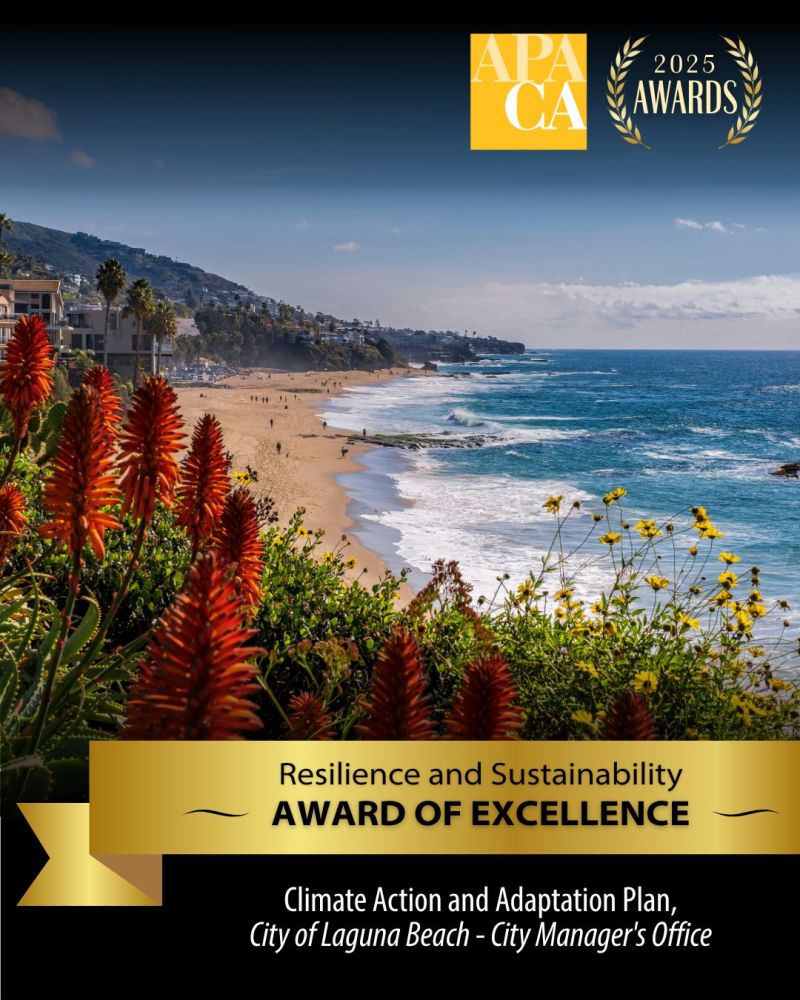Evaluating Distributed Energy Generation & Microgrid Resilience
Clean energy only works if the power stays on. That’s why at Optony, we take an integrated, implementation-focused approach to distributed energy generation and microgrid development, recognizing that success isn’t measured by just one outcome. In the past, clean energy projects have been evaluated primarily on two fronts: greenhouse gas (GHG) reduction and cost savings. While both are critical, there’s a third, equally essential pillar that must be considered—resilience. For us, distributed energy resources and microgrid resilience is central to the conversation because they provide a backbone of reliability that communities need when the grid falters. Let’s dive deeper:

Why Resilience Can’t Be an Afterthought
As extreme weather events, wildfire risks, and grid instability become increasingly common, communities are more vulnerable to service interruptions than ever before—and when the lights go out, the consequences extend far beyond temporary inconvenience. Public safety, emergency response, health services, and essential operations are all at stake.
Microgrids—self-sustaining energy systems that can operate independently of the larger grid—are designed to address these risks. But too often, microgrid evaluations are approached with the same criteria used for solar or battery projects aimed at maximizing cost savings or reducing emissions. That’s where the gap lies. A system that performs well on paper financially or environmentally may fall short in an outage if it can’t support critical loads, sustain operations long enough, or withstand stress from extreme conditions.
Distributed energy generation plays a similar role. Smaller-scale, decentralized systems, such as solar or wind, generate energy close to where its used unlike traditional large, centralized power plants. Optony helps clients evaluate projects for efficiency and cost, as well as resilience: the ability to keep power flowing through disruption.
A Case Study in Community-Centered Resilience
The City of Laguna Beach is demonstrating how to integrate microgrid resilience into local energy and climate planning. Its Climate Action and Adaptation Plan (CAAP), unanimously adopted in February of 2025, outlines innovative strategies to achieve carbon neutrality by 2045. The plan focuses on transitioning to renewable energy, improving building efficiency, and expanding sustainable transportation.

Optony supported Laguna Beach by conducting a microgrid resiliency and feasibility assessment for four high-priority facilities. Our technical analysis helped the City identify where distributed energy and storage could most effectively sustain critical operations during outages—ensuring that its long-term strategy emphasizes not just clean power, but dependable power.
The City’s CAAP went on to win the Resilience and Sustainability Award from APA California for its comprehensive approach to reducing GHG emissions while preparing for climate hazards.
The recognition highlights how policymakers and industry leaders increasingly see distributed energy and microgrids as essential to building a resilient, future-ready energy grid.
What Makes Resiliency Evaluations Different
Evaluating distributed energy and microgrid resilience requires a broader set of criteria than standard GHG or financial analysis. For example:
- Critical Load Support: Which facilities or operations must stay online during outages, such as emergency shelters, communications systems, or water treatment plants?
- Duration of Backup Power: How long must the system sustain itself, and under what conditions?
- System Robustness: Can the system withstand extreme weather events such as flood, extreme heat, or wildfire smoke?
- Community Benefits: Does the microgrid power a shelter for residents or provide continuity of service?
- Redundancy and Flexibility: Does it integrate multiple resources in a way that builds redundancy?
Unlike conventional cost or carbon analyses, Optony’s approach focuses on practical reliability and continuity of operations—because for cities and critical facilities, downtime isn’t an option.
Microgrid Resilience: Looking Ahead
The takeaway is clear: we must evaluate distributed energy generation and microgrids holistically. The clean energy transition can’t succeed if we treat resilience as an afterthought. Optony’s work across the country shows that the most effective projects balance three outcomes–GHG emissions reduction, return on investment, and resilience–while navigating funding, permitting, and utility coordination from concept through implementation.
At Optony, we help cities, organizations, and institutions make smart, integrated choices about distributed energy generation and microgrid planning. Our experience ensures plans move beyond feasibility to deployment, reducing emissions, improving reliability, and strengthening community resilience.
Because clean energy only works if the power stays on.
As you consider your energy strategy, remember: energy is our lifeline. Now is the time to plan with resilience at the forefront, and Optony can help you get there.

 Previous Post
Previous Post